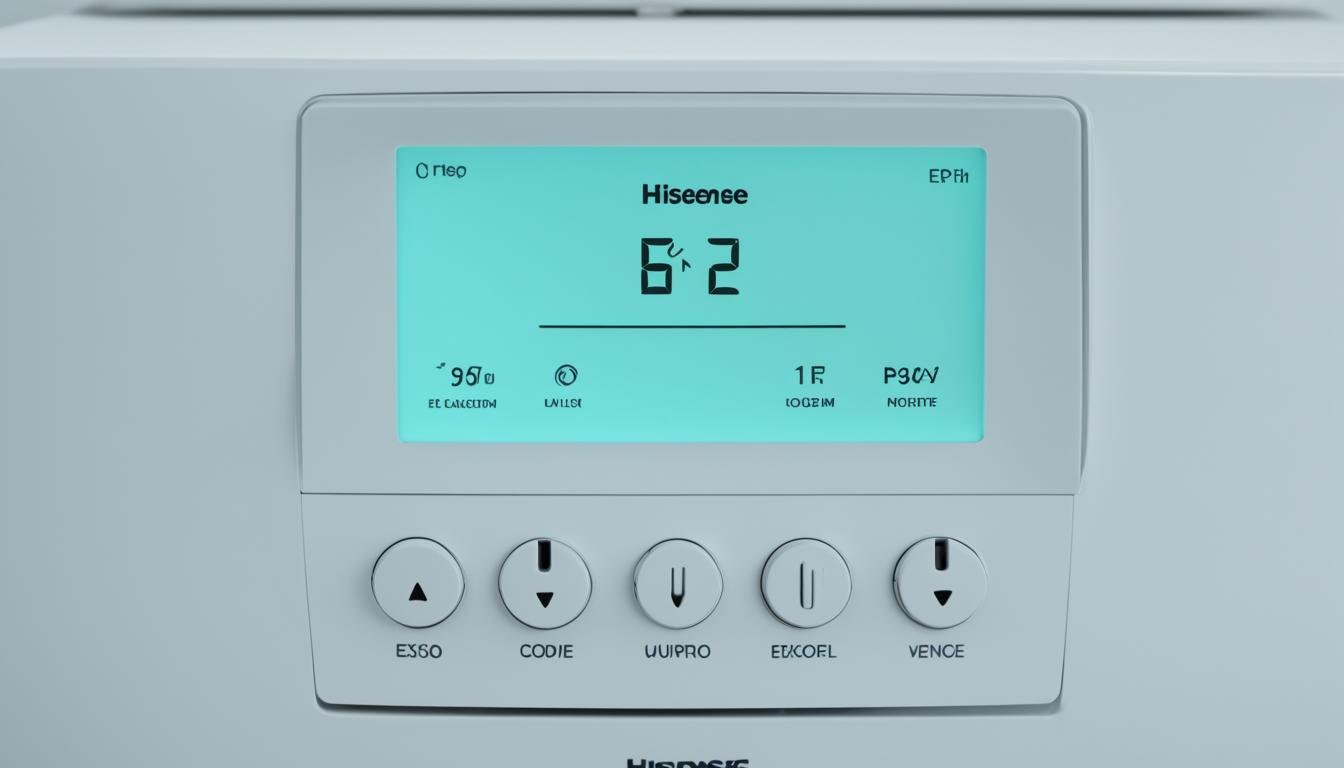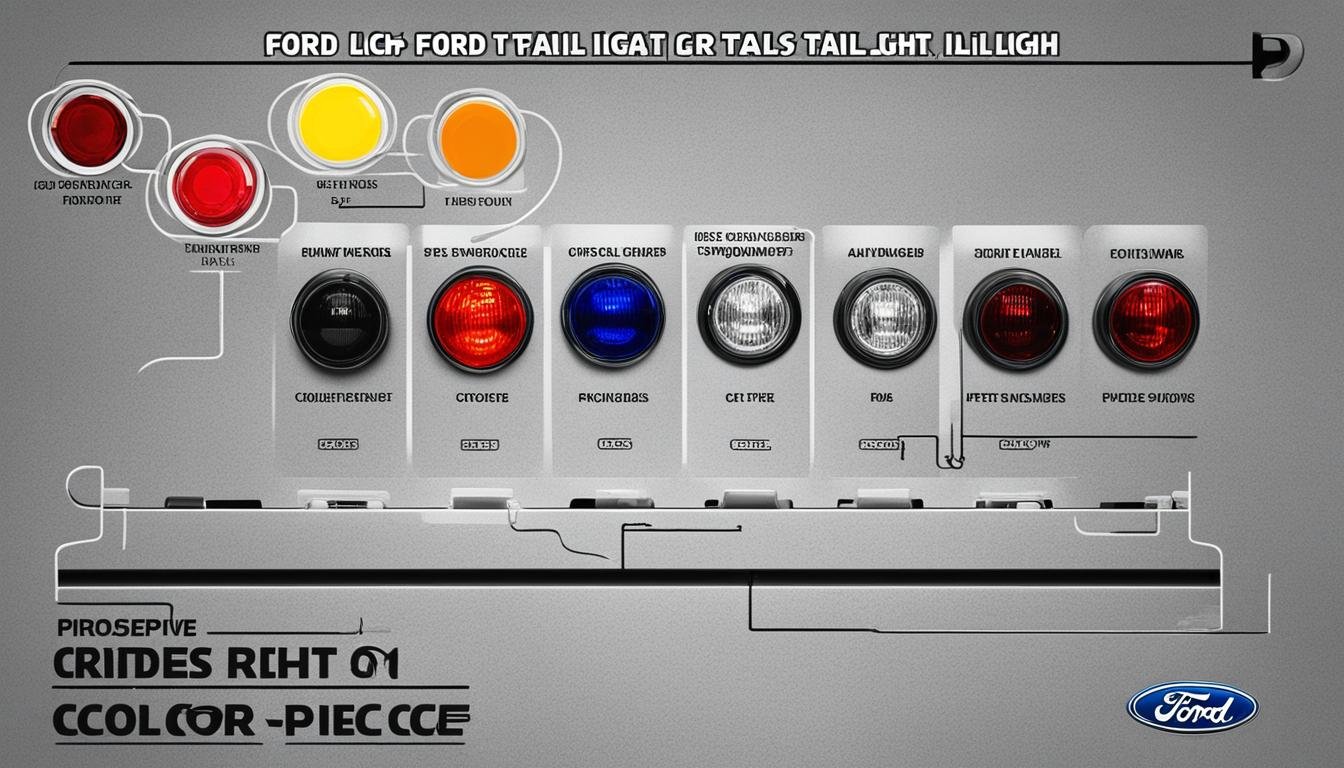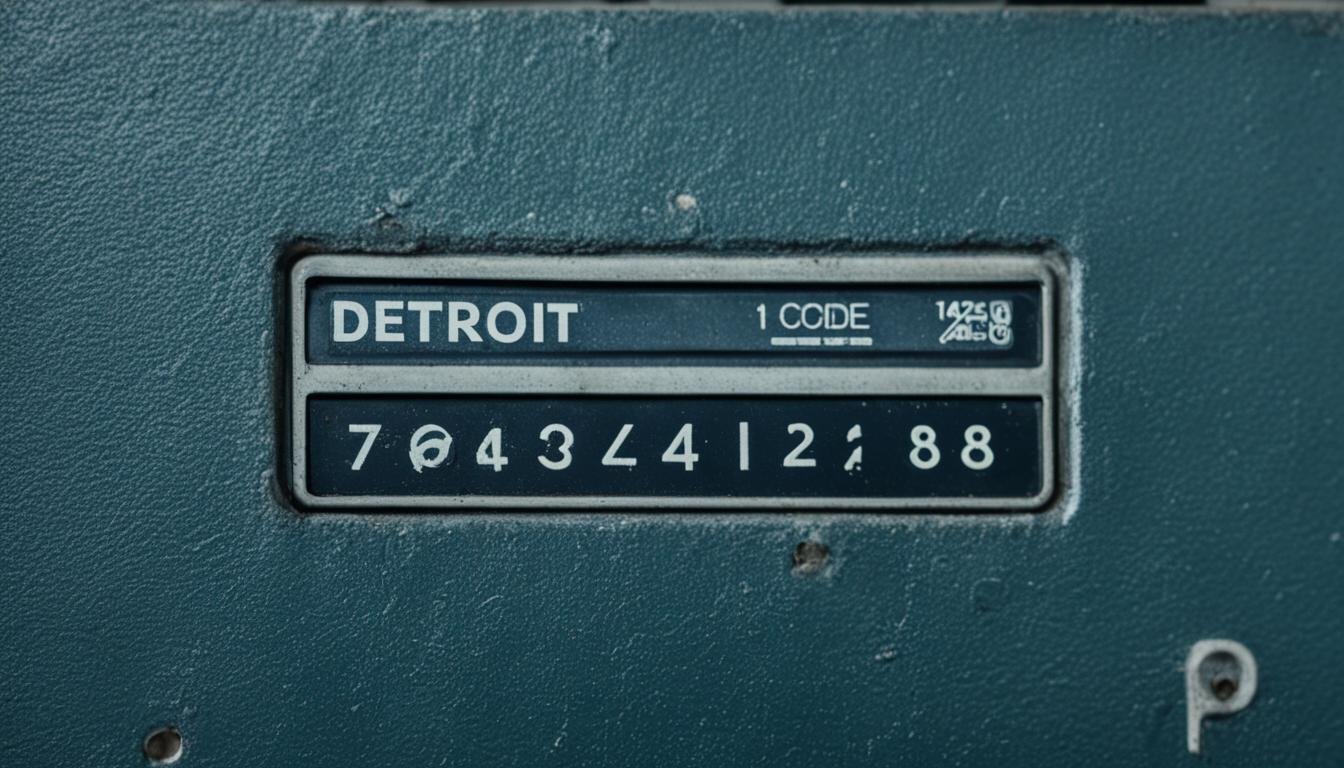When it comes to Powerstroke engines, the P160A code is a notorious headache for many owners. This diagnostic code, also known as the Control Module Vehicle Options Reconfiguration Error, can cause significant trouble and confusion for those trying to troubleshoot and fix the problem. But don’t worry, we’re here to help!
In this article, we will dive into the world of the P160A code in 6.7 Powerstroke engines. We’ll explore its causes, the impact it can have on your engine’s performance, and most importantly, how to effectively resolve this issue. So if you’re dealing with this frustrating code, keep reading to find all the answers you need!
Key Takeaways:
- The P160A code is a Control Module Vehicle Options Reconfiguration Error that commonly occurs in 6.7 Powerstroke engines.
- This code can be triggered when there are changes in the tire size or vehicle option configuration.
- It is important to address the P160A code to ensure the proper functioning of your Powerstroke engine.
- A reprogramming or updating of the PCM may be necessary to resolve this code.
- Consulting with a professional or using the official service functions menu on a scan tool is recommended for the best results.
Common Causes of P160A Code
When encountering the P160A code in a 6.7 Powerstroke engine, there are several potential factors that could be responsible. It is crucial to understand these common causes in order to effectively diagnose and resolve the issue.
1. Installation of Aftermarket Performance Products
One prevalent cause of the P160A code is the installation of aftermarket performance products that may not be fully compatible with the vehicle’s Power Control Module (PCM). These products can interfere with the PCM’s programming and result in the code being triggered. It is essential to check for any aftermarket additions or modifications that may have been made to the vehicle, particularly those affecting its performance.
2. Programming or Software Error in the PCM
In some cases, a programming error or internal software glitch within the PCM can lead to the P160A code. It is worth considering the possibility of a faulty PCM programming or a software error. If this is suspected, consulting a professional or referring to the official service functions menu on a scan tool for reprogramming or updating the PCM may be necessary.
3. Damaged PCM
Another potential cause of the P160A code is a damaged Power Control Module. A faulty PCM can disrupt the vehicle’s option configuration and trigger the code. Before replacing the PCM, it is important to thoroughly examine and rule out other potential causes, such as aftermarket products or programming errors.
In summary, the common causes of the P160A code in a 6.7 Powerstroke engine include the installation of aftermarket performance products, programming or software errors in the PCM, and a damaged PCM itself. When encountering this code, it is advisable to check for aftermarket modifications, consider PCM reprogramming, and assess the condition of the PCM. By addressing these common causes, the P160A code can be successfully resolved, ensuring optimal powerstroke performance.
P160A Code and DEF System Inefficiency
In some cases, the P160A code in a 6.7 Powerstroke engine may be accompanied by the P207F code, which refers to DEF system inefficiency. The SCR system performance is monitored by the PCM using NOx sensors, and a sudden drop in overall NOx conversion can trigger this code. This can result in the vehicle operating in derate mode and experiencing a loss of power.
It is important to address this code as well, as it may indicate a problem with the reductant quality, damaged SCR system components, biased NOx sensors, or a damaged SCR catalyst. Identifying the root cause of the inefficiency is crucial for resolving the P160A code and restoring the normal functioning of the powerstroke engine.
To diagnose and fix the DEF system inefficiency, we recommend the following steps:
- Inspect the reductant quality: Ensure that the DEF fluid is not contaminated or diluted. Use a quality DEF fluid that meets the specifications recommended by the vehicle manufacturer.
- Check for damaged SCR system components: Examine the SCR catalyst, DEF injector, and DEF pump for any signs of physical damage or clogging. Replace any components that are faulty or worn out.
- Verify the integrity of the NOx sensors: Test the NOx sensors for proper functionality. Biased or malfunctioning sensors can lead to inaccurate readings, triggering the P160A code. Replace any faulty sensors.
- Inspect the SCR catalyst: Determine if the SCR catalyst is damaged or degraded. A damaged catalyst may not effectively convert NOx emissions, leading to DEF system inefficiency. Replace the catalyst if necessary.
After repairing the underlying issues, it is important to clear the P160A code and drive the vehicle until the reductant system warning message clears from the instrument cluster. This will allow the PCM to reevaluate the SCR system performance and ensure that the powerstroke engine is functioning optimally.
Conclusion
Aftermarket modifications and changes in tire size can often result in the P160A code appearing in 6.7 Powerstroke engines. To resolve this issue, it is crucial to address the code promptly to ensure the correct configuration of vehicle options. By reprogramming or updating the Powertrain Control Module (PCM), performing the relearn vehicle data procedure, and carefully inspecting for any aftermarket products, you can successfully fix the P160A code.
In some instances, the P160A code may be accompanied by the P207F code, indicating a DEF (Diesel Exhaust Fluid) system inefficiency. This can lead to a decrease in engine performance and operation in derate mode. To overcome this, it is essential to identify and rectify any underlying issues with the reductant quality, SCR system components, NOx sensors, or SCR catalyst.
By following these recommended steps, you can effectively troubleshoot and fix the P160A code in your 6.7 Powerstroke engine. Ensuring the proper configuration of vehicle options and resolving DEF system inefficiency issues will help improve the performance and reliability of your powerstroke engine.
FAQ
How to fix the P160A code in a 6.7 Powerstroke engine?
To fix the P160A code in a 6.7 Powerstroke engine, you can try resetting the module using a procedure available in forums. However, it is recommended to consult with a professional or refer to the official service functions menu on a scan tool for reprogramming or updating the PCM, if necessary.
What are the common causes of the P160A code?
The common causes of the P160A code are the installation of aftermarket performance products that may not be compatible with the vehicle’s PCM, programming errors in the PCM or internal software errors, and a damaged PCM. It’s important to check for aftermarket products before replacing the PCM and consider reprogramming or updating the calibration.
How does the P160A code relate to DEF system inefficiency?
In some cases, the P160A code in a 6.7 Powerstroke engine may be accompanied by the P207F code, which refers to DEF system inefficiency. This can result in the vehicle operating in derate mode and experiencing a loss of power. It’s important to address both codes, as it may indicate problems with the reductant quality, damaged SCR system components, biased NOx sensors, or a damaged SCR catalyst.
What is the significance of addressing the P160A code in a 6.7 Powerstroke engine?
Addressing the P160A code in a 6.7 Powerstroke engine is crucial to ensure the proper configuration of the vehicle options. Reprogramming or updating the PCM, carrying out the relearn vehicle data procedure, and checking for aftermarket products can help resolve this code. Additionally, addressing any DEF system inefficiency issues indicated by the P207F code is crucial to maintain the performance of the engine.






Leave a Reply